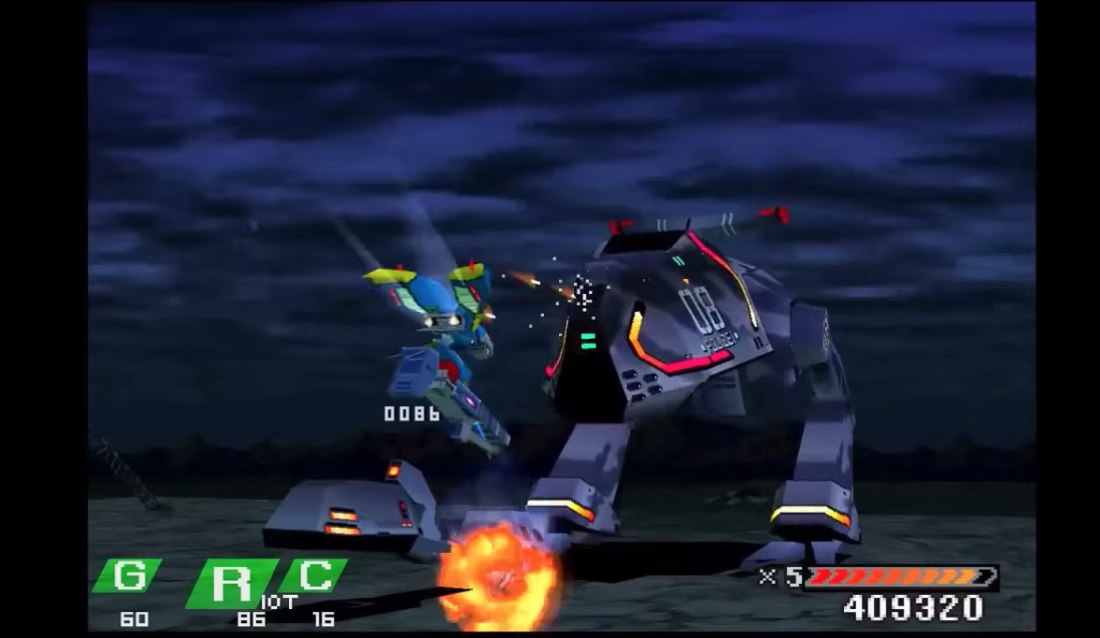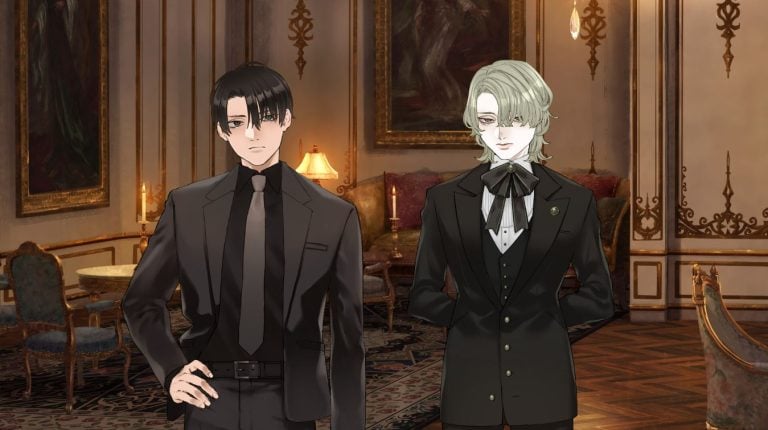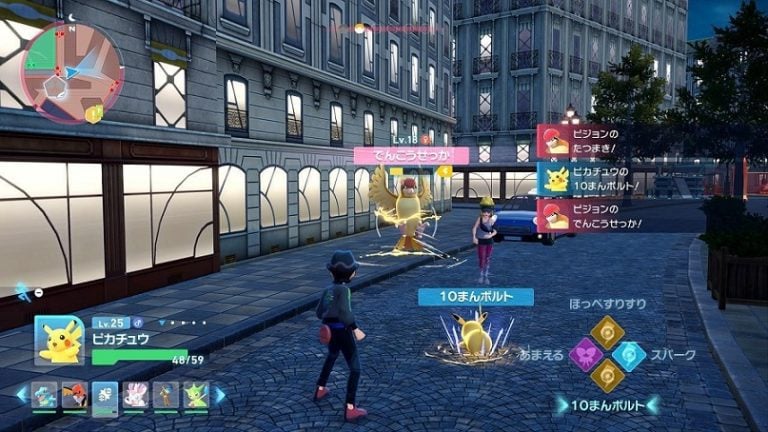During the Playstation 1 era, Square (now Square Enix) published a vast array of games in different genres, including Chocobo Racing, Front Mission 3, and Parasite Eve. Around this time, they also tried developing a side-scrolling shooter and Einhander was the result. Released in 1997 in Japan and 1998 in North America, Einhander has since become a sort-after cult classic among players of the genre. Today we look back on what makes this game so fondly remembered and whether it is still worth playing.

Unlike arcade shooters that tend to use only a couple of buttons for two weapons (usually a machine gun and a bomb that blows up everything on screen), Einhander has some surprisingly deep and complex gameplay mechanics. At the start, you can choose from 3 different fighters to pilot. The machine gun is your primary weapon but you can also equip gunpods. The gunpods allow you to use a diverse array of weapons, including missiles and even a light saber-like sword.
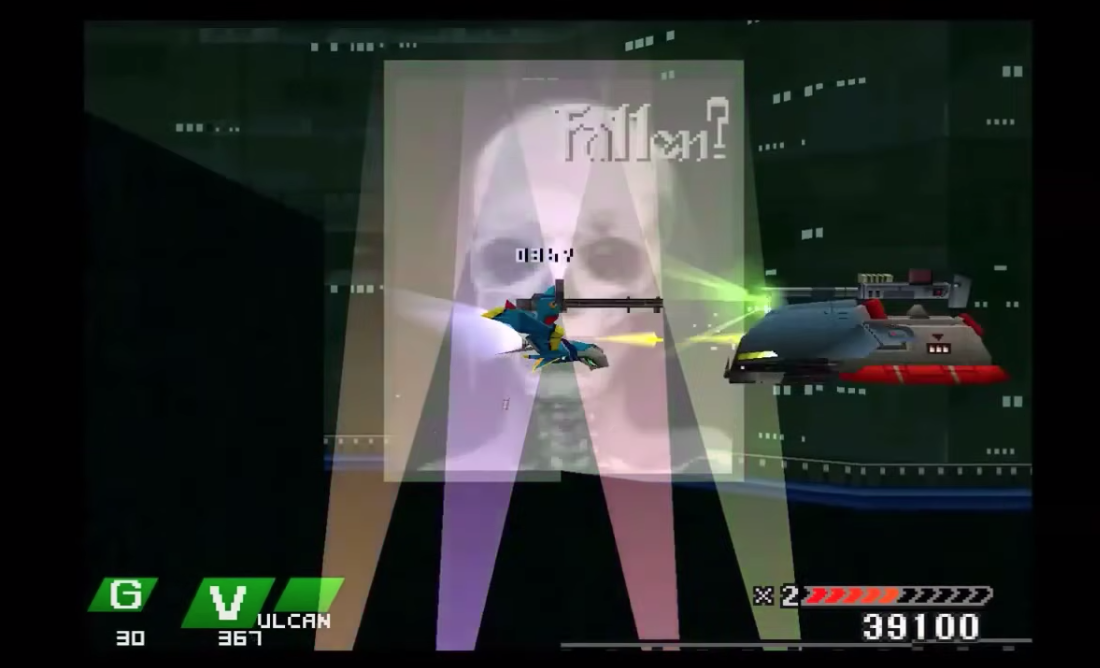
It is also possible to speed up or slow down your ship as it travels across the screen- this is useful for avoiding enemy attacks or lining up shots. One of the crafts available to you at the start (Astrea Mk I) enables you to equip two gunpods simultaneously so that you can shoot both in front and behind your ship. You get bonus points for shooting enemies down in fast succession and you can also grab new gunpods off downed enemies if you are quick enough. However, Einhander doesn’t have a health bar, meaning that death awaits you if you suffer a direct hit from a bullet or get too close to an explosion.
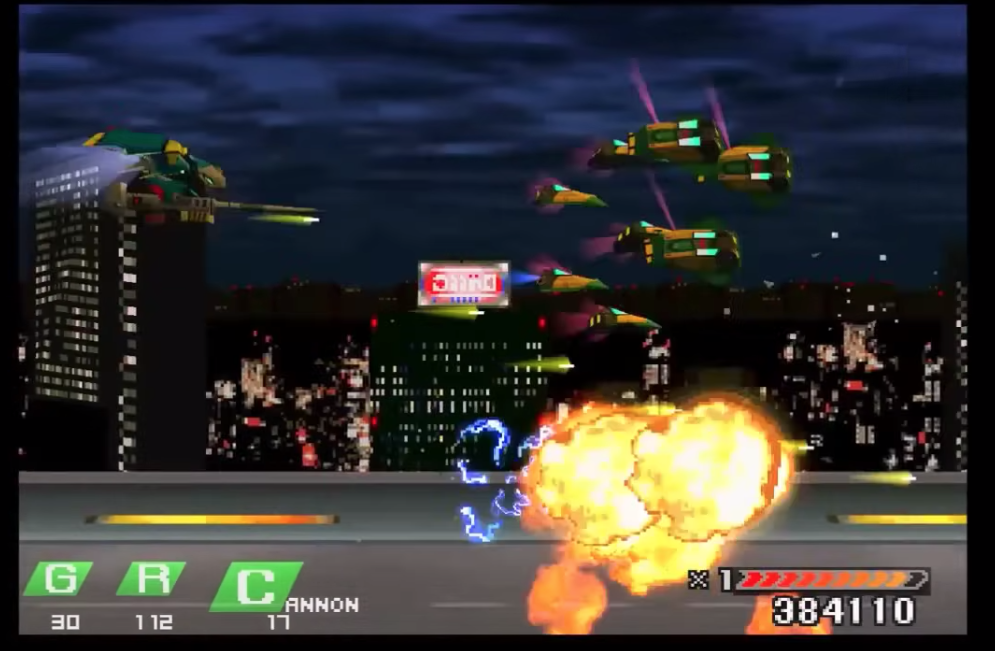
Dying repeatedly in games can be frustrating but Einhander makes this a little less painful by offering the player frequent checkpoints and continues. Apart from Easy, Normal and Hard difficulty settings, the Japanese version of the game also has a practice mode- where you don’t earn points but also don’t take damage. The game’s total length is relatively short (about one hour if you manage not to die) but its high difficulty level makes up for this. Strategically switching between gunpods and knowing which weapons to use against each enemy is half the battle. Einhander rewards players who take the time to learn its varied levels, enemies and weapons.
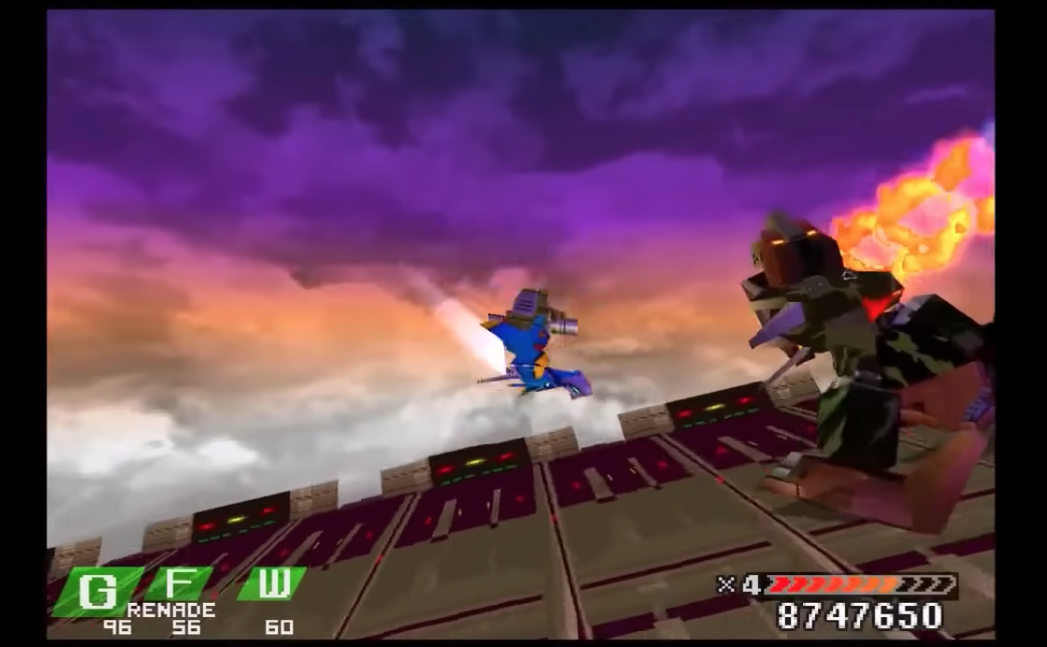
Although Einhander was originally released in 1997, its crisp graphics still hold up. The Einhander crafts that you fly and the enemies that you encounter tend to be boldly colored and detailed, helping them stand out from the backgrounds. The game puts you in the shoes of a fighter from the Moon colony, sent to battle against a war-ravaged Earth in a sci-fi story loosely based on Ancient Greek mythology. The game’s backgrounds compliment this futuristic setting well, one minute you are whizzing past colorful neon signs in a cyberpunk style city, the next you are following a cargo train over a bleak and barren landscape. Kenichiro Fukui’s soundtrack features pulsating techno, which segues between high tempo industrial pieces to quieter ambient tracks that perfectly fit the desolate future portrayed by the game.
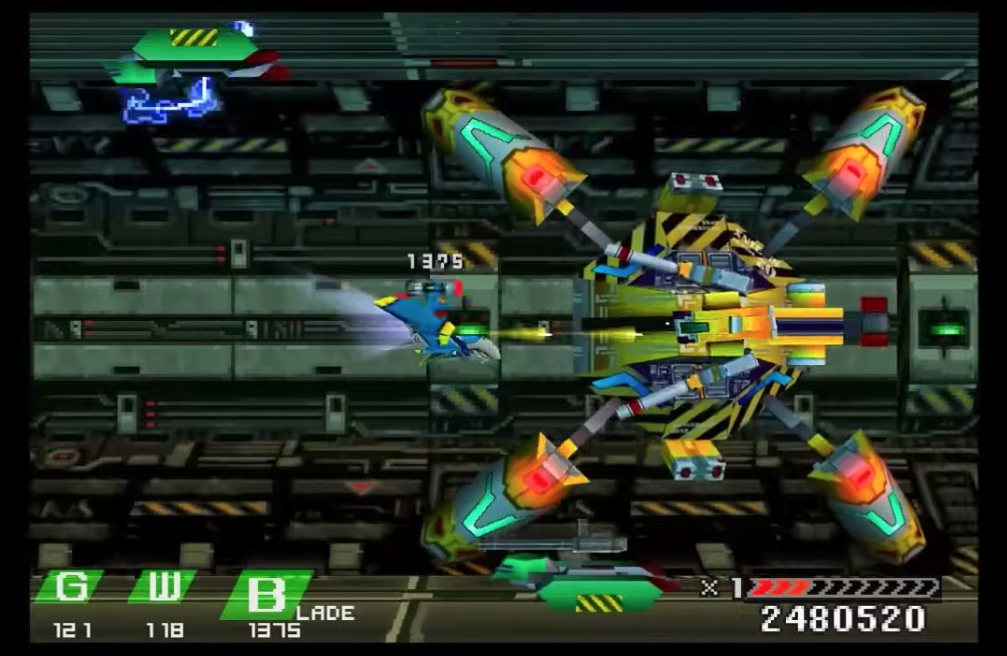
Einhander’s overall presentation is very cinematic. Not content to merely let you drift horizontally across the backgrounds, the game frequently employs perspective changes. These changes are often used during the game’s boss fights, making the gameplay more dynamic. Einhander throws a variety of distinct enemies at you, with most of the craft being named after animals in German.
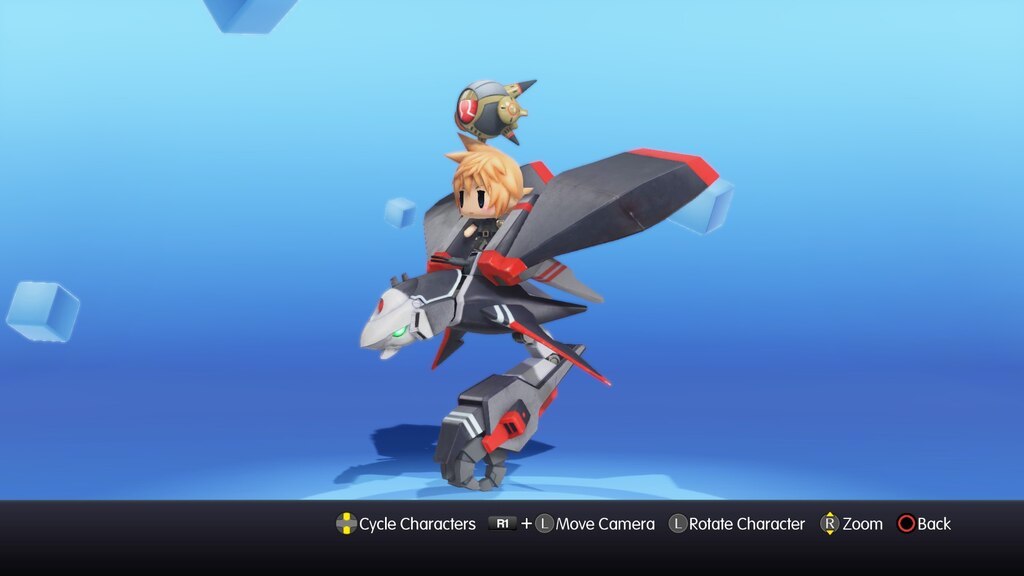
Overall, Einhander is a difficult but engaging and well-crafted shoot ‘em up, which is still worth playing today. In recent years, the Einhander craft has made guest appearances in Square Enix games like World of Final Fantasy and Final Fantasy XIV. Although it used to be available to download from the Japanese PlayStation 3 store, Einhander has yet to receive a widespread re-release or remaster, despite its cult following.
Einhander was released on PlayStation 1 disc in Japan in 1997 and in North America in 1998.
The menus in the Japanese version of the game are mostly in English, so it is easy to play even if you don’t understand Japanese.

